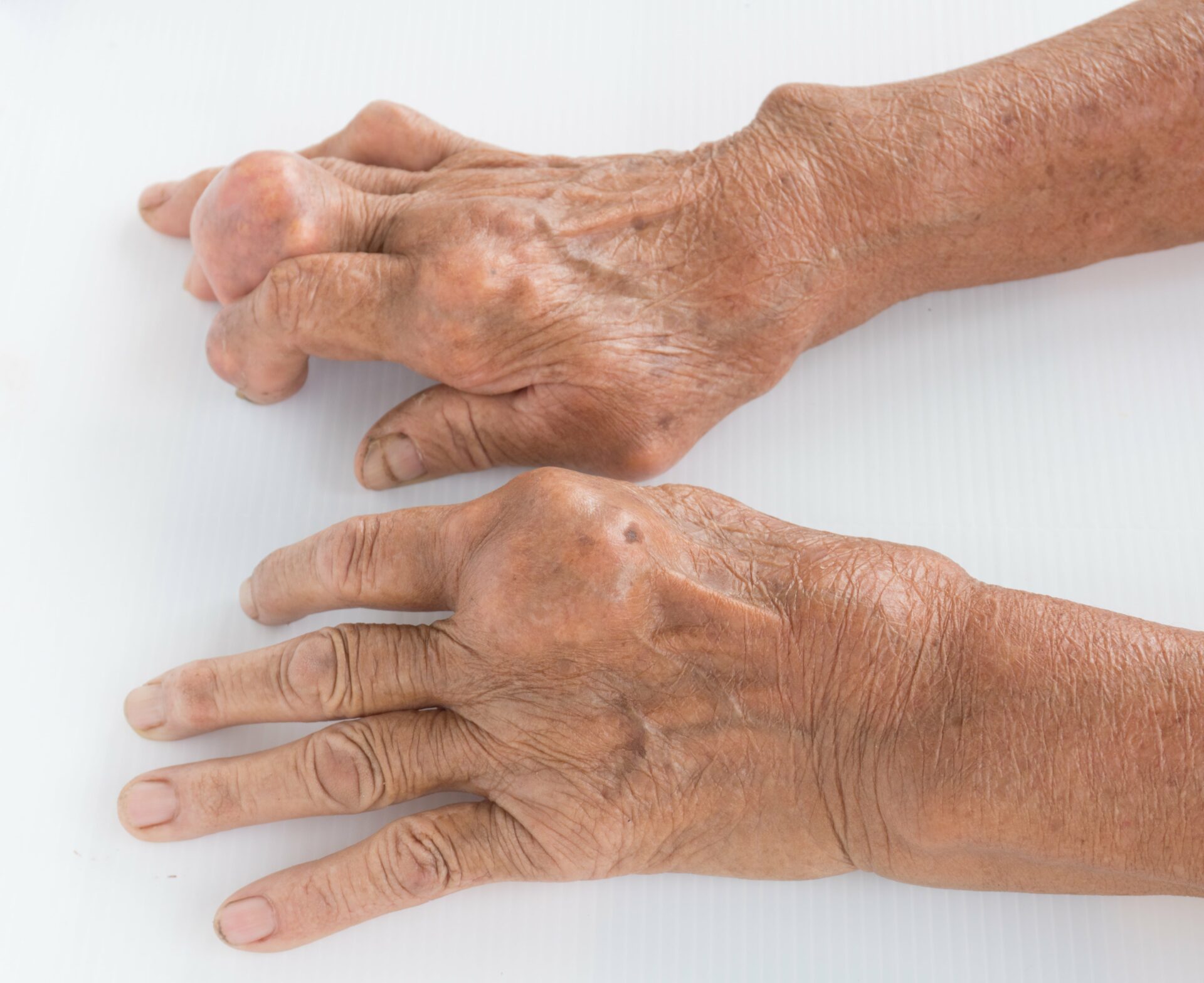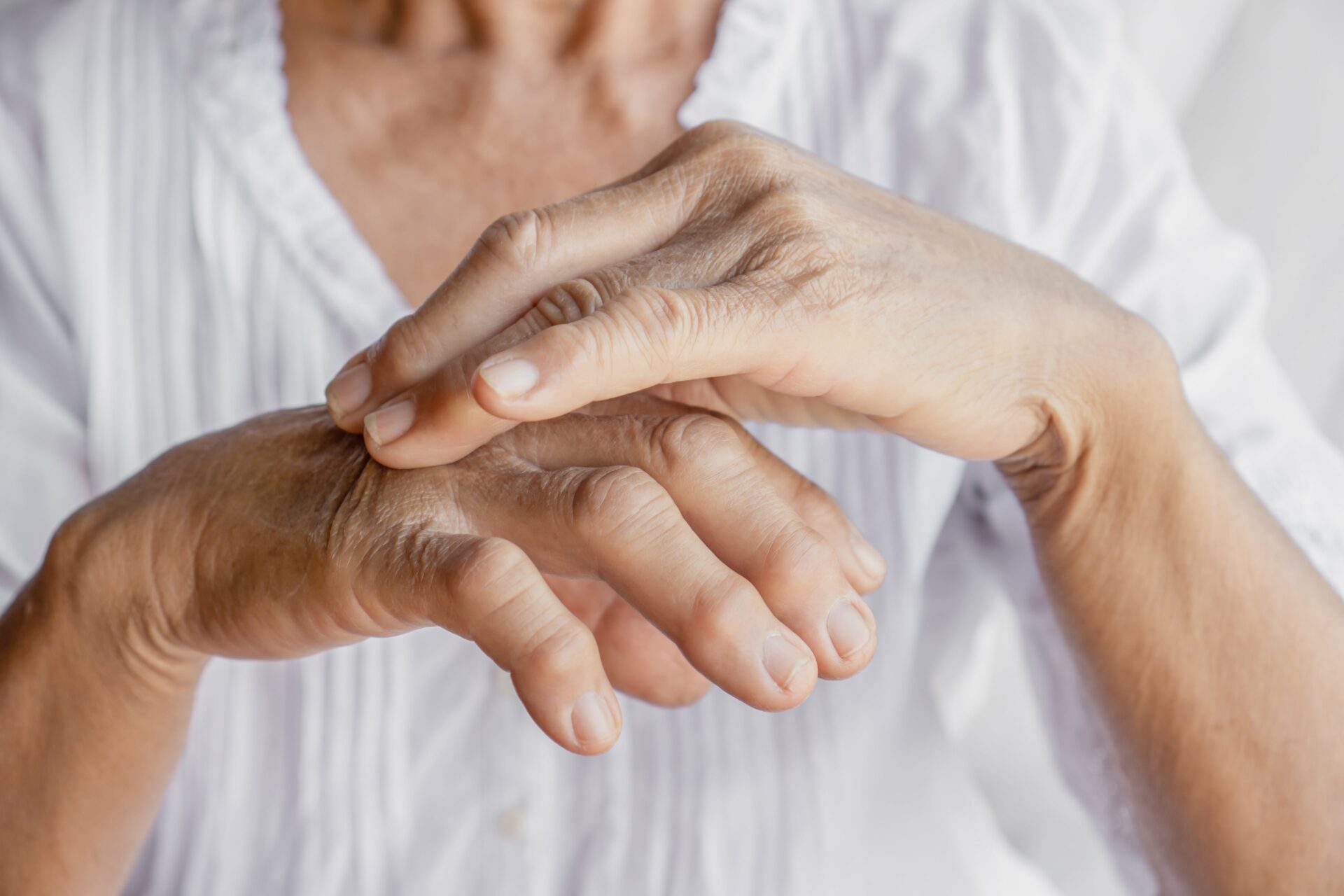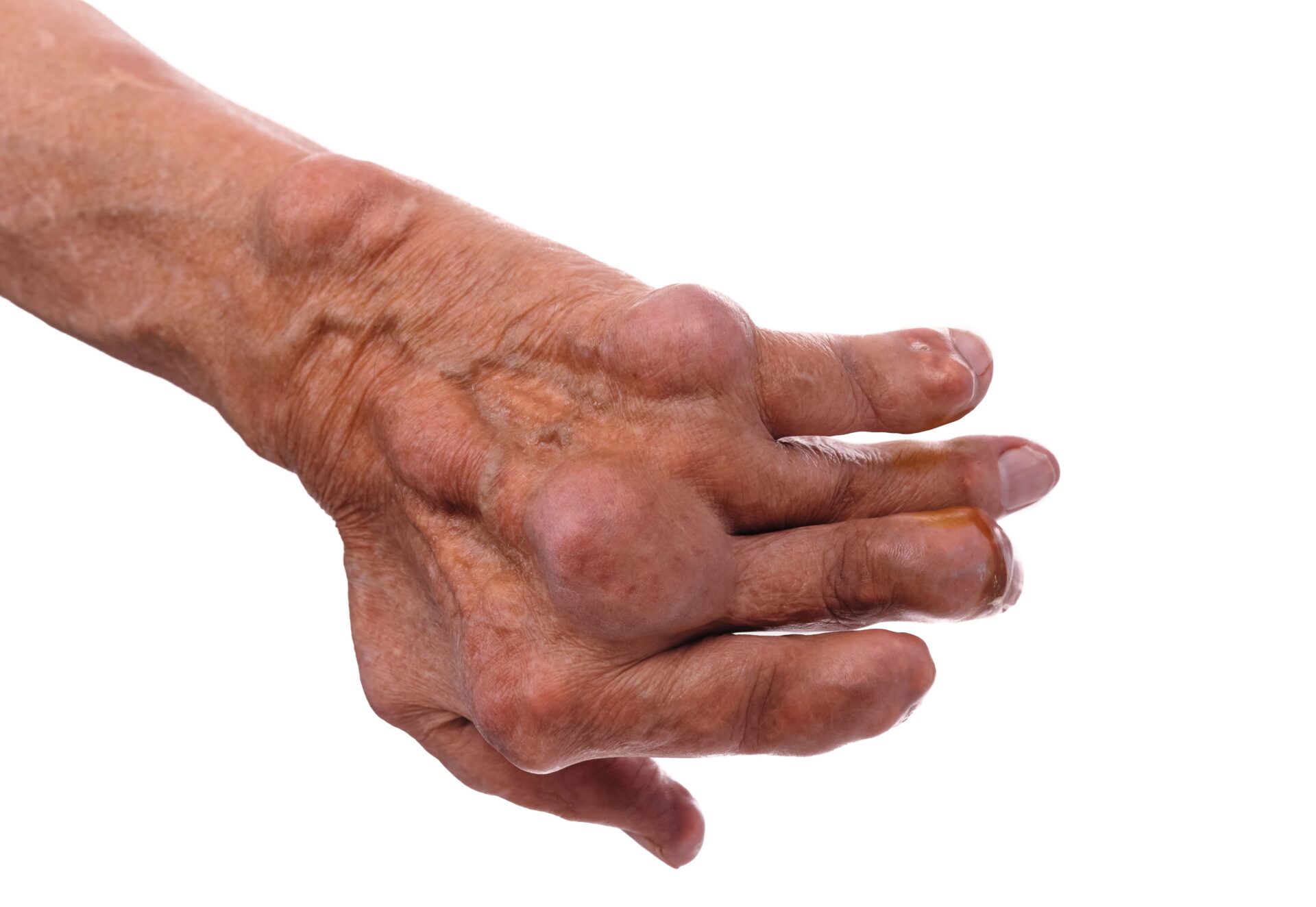This a common question which is asked a lot, and typically gout affects the lower body. However, studies have found that gout can be found in the hand and wrist joints.
Today, we will discuss the causes, symptoms and treatments available if gout occurs in your hand or wrist.
Causes
So, how is gout caused in the hand and wrist? Well, when the body produces too much uric acid and it isn’t able to get rid of it, gout crystals begin to form. Uric acid levels are determined by genetics, so it’s out of your hands if your levels exceed the limit or not scenario if your levels exceed the limit or not. However, it’s not just your genetics that can determine your uric acid levels, certain medications can have a big impact too.
If you’re taking medicine for high blood pressure, this can be a cause of gout in the hand or wrist. So it’s important you speak with your doctor about the possible side effects that your medication may bring. Similarly, high cholesterol, heart disease, obesity and kidney disease can trigger gout too.
Also, if you do not seek treatment for gout in the lower part of the body or are unable to manage the condition, then this can spread to other joints in your body, such as the fingers and hands. So, as soon as you discover the signs of gout in your body, get in touch with your doctor for expert advice. If you’re not sure what signs or symptoms you should look out for, then don’t worry, keep reading below to find out more.
Signs & Symptoms
There are multiple signs you should look out for if you’re unsure whether you have gout or not. A key sign to look out for is when your wrist joints begin to flare up. The joints will begin to warm up quickly and from this, you will be in excruciating pain. This tends to be the main sign of gout, so if you experience this it’s vital you speak to your doctor about it.
Some of the symptoms are as follows: swelling of the wrist or hand, wrist joint stiffness and restricted movement. It is essential you seek treatment for this quickly as these flares will worsen and become more frequent. Untreated gout symptoms can cause permanent joint damage and affect your ability to move your hand or wrist efficiently.
Once you speak with your doctor, they will perform a physical examination to diagnose gout. Unfortunately, uric acid doesn’t show up in an x-ray so you will most likely need a blood test for this. However, they will be able to see some bone changes in the x-ray, which can help identify the issue.
Treatments available
Now you know the causes of gout and the symptoms to look for, the next step after your diagnosis is to decide on the treatment. The main goal you want to achieve is to reduce pain, redness and swelling. So, to begin with, your doctor might prescribe you an anti-inflammatory. This will help decrease the symptoms you’re experiencing, especially if gout occurs infrequently.
If you’re suffering from gout attacks frequently, then this will wear down the tendons and joints. If you don’t decide to seek treatment straight away after discovering the pain, you could cause major problems for yourself in the future. Without help, a gout attack will occur within 12-24 hours, and you will be in significant pain.
Surgery will be required if this is the case, but your doctor will be able to identify if this is necessary or not after they have examined you. Another treatment option you can opt for which can coincide with your main care is self-management. Included in this are many techniques which can help you manage gout symptoms. Firstly, sticking to a healthy diet is essential as you can avoid consuming food which can trigger a gout attack – this tends to be food which is high in purines.
Secondly, reduce your consumption of alcohol and drink more fluids. Water might seem boring, but it’s perfect to keep you hydrated throughout the day. Furthermore, you should protect your joints by avoiding injuries from high-impact activities. If you like exercising, then we suggest you choose activities which are gentle on the joints, such as walking, swimming and cycling.
Book an appointment with Ladan Hajipour
If you’re experiencing any of the gout symptoms in your hand or wrist, and you’re unsure where to turn to, book an appointment with us here at Ladan Hajipour. Our clinical practice is located at the University Hospital of South Manchester, Wythenshawe, which is exclusively devoted to hand and wrist surgery.
We specialise in treating all hand and complex wrist fractures. Booking with us is quick and reliable, and we can ensure you will have an appointment scheduled as soon as possible.
If this is your first time booking an appointment with a hand and wrist specialist, you can ease your stress knowing we have built up a fantastic reputation over the years. Check out all of our great reviews by our previous and current patients here.
If you found our article insightful or you believe you may be suffering from gout in your hand or wrist. Get in touch with us today, and we shall respond to you in a timely manner.



